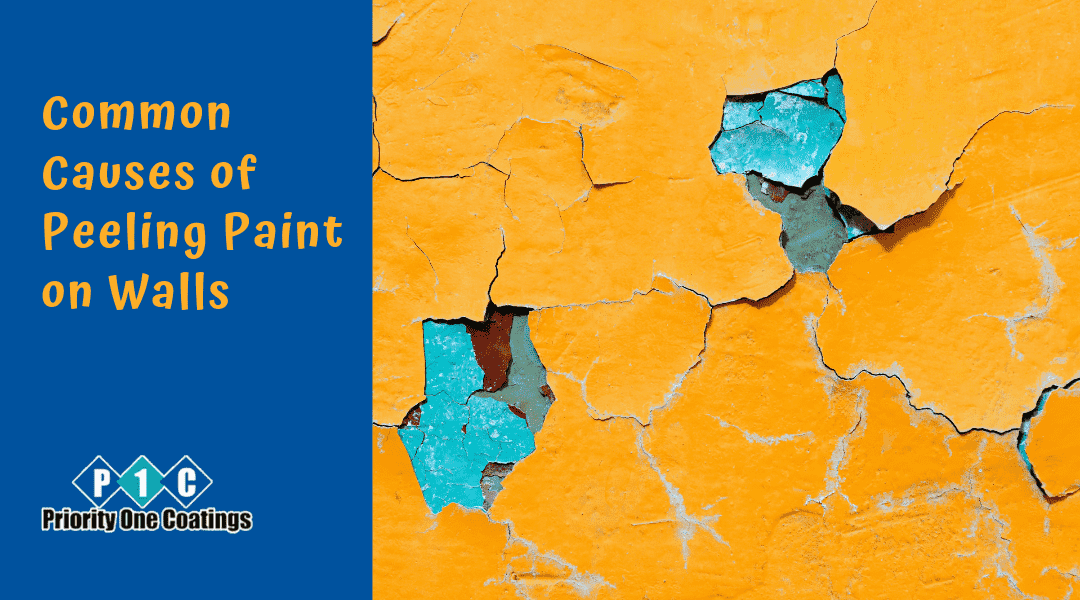The days of sticking to your regular plain walls are gone because now, for a more natural and cosier look, different wall finishes are trending. Along with adding a beautiful depth and visual interest, a perfect wall finish can make your home look unique. Though you will find plenty of options, Roman Clay, Venetian Plaster, and Limewash are more popular due to their exclusive characteristics. If you are in doubt regarding choosing one, this write-up is for you.
What is the difference between Limewash, Roman Clay, and Venetian plaster?
Even though all three are used to obtain the classic weathered look, their different features make them ideal for different jobs.
Limewash
This classic method, called Limewash, combines pigments, salt, water, and slaked lime. It has subtle natural colour variations and usually exposes the brush strokes with a slightly chalky look and feel. It dries down to a matte finish due to the lime. When used on walls, it creates a soft, mottled look and, depending on the intended effect, can be subtle or lively. It can be used for both interiors and exterior, but it is the best option if you like to give your brick or wood exteriors an uneven, distressed finish. One of its helpful sides is that Limewash is popularly used in historic building restorations.
Lime Wash is applied in multiple layers using a large, long-bristled masonry paint brush and can be applied directly over surfaces like brick and stucco. A unique lime prep layer is needed for nonporous, painted surfaces or freshly finished drywall.
Among its many advantages, being organic and offering a breathable finish are the most important ones. But if you are searching for a washable solution for high-traffic areas, Limewash is not the ideal finish.
Venetian Plaster
This traditional, naturally low-VOC finish, also known as lime plaster, is a putty made of limestone or marble dust combined with calcium carbonate, colours, and water. You have the flexibility to decide its final look as this substance is applied as a paste. Because it contains crushed marble and lime, it can give a bright, reflected finish, ideal for a modern and sleek look. Also, among the three options, it can create the boldest effect, so if you are planning for a dramatic appeal, it will be the perfect choice for you.
Venetian plaster may be placed on interior and exterior walls using a trowel with several thin layers and fluid movement in different directions. It is applied heavily and dries to a finish that is comparable to a stroke. Because it contains real marble flakes, it can be a bit expensive, but along with its durable finish, it can also help absorb sound.
Roman Clay
This ultralow-VOC paste is based on gypsum plaster, which dries to a soft, tactile, stone-like texture. Venetian plaster and Roman clay are comparable, but Roman clay has a more natural texture. It is best for indoor applications, be it in the kitchen, living room, or fireplace area. If you want your house to look sophisticated while having a textured, earthy and rustic look, Roman Clay can with the competition.
Roman Clay is applied to smooth surfaces using putty knives and sweeping motions, allowing for surface variation—smoother finishes in more traditional settings or textured stucco-like finishes in more contemporary ones. If you want a little shine, you may cover it with a glossy top coat or leave it unfinished for a matte, naturalistic effect.
It’s made with environmentally friendly material, and the natural properties of clay present in it can help control humidity and temperature. To maintain its inviting appearance, regular dusting is suggested.
Which Finish to Choose for Your House?
If you still can’t decide which one will best suit your living space in Sydney, it’s time to get help from professional painters. Depending on the condition of your walls, they can suggest the best one for you.
For expert assistance in any painting services in Sydney, contact Priority One Coatings today.

